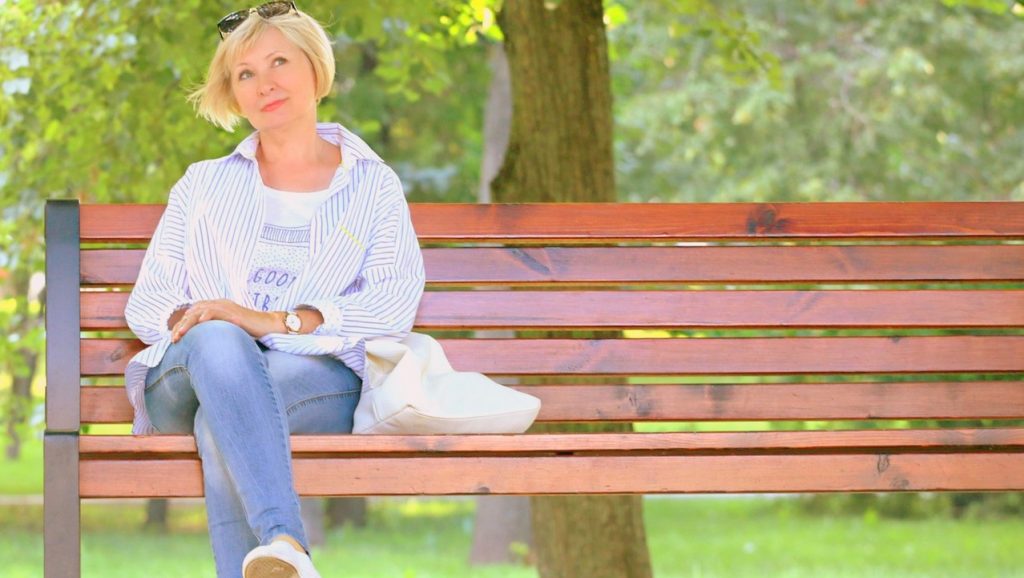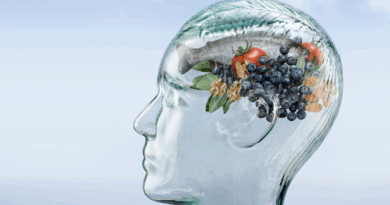Mammograms increase risk of breast cancer, here are the safe alternatives for breast exams
(Collective Evolution | Kalee Brown) You may have heard that mammograms, the tests that are commonly used to detect breast cancer, can actually increase the risk cancer. Well, you’re not wrong! Yet, these breast screenings are considered to be the most effective form of detecting breast cancer, at least according to the Center For Disease Control (CDC).
Why mammograms may threaten your health
If you get mammograms periodically, I would highly advise you consider alternative means of testing for breast cancer. There are numerous studies that suggest mammograms can not only be ineffective at identifying cancer, but are harmful to your health as well. To start, let’s look at the studies that test the effectiveness of mammograms for identifying cancer.
One of the biggest issues with mammograms is over-diagnosis and, as a result, over-treatment. A National Cancer Institute commissioned an expert panel that concluded that “early stage cancers” are not cancer, they are benign or indolent growths. This means that millions of women were wrongly diagnosed with breast cancer over the past few decades and have been subject to harmful treatment, when they would have been better off leaving it untreated or diagnosed; frighteningly, it is not uncommon for a breast cancer misdiagnosis to occur.
Another study that was recently published in the British Medical Journal concluded that regular mammogram screenings do not reduce breast cancer death rates. The researchers found no evidence to suggest that mammograms are more effective than personal breast exams at detecting cancer in the designated age group. The study involved 90, 000 Canadian women and compared breast cancer incidence and mortality up to 25 years in women aged 40-59 (source).
22% of screenings detected invasive breast cancers were over-diagnosed, representing one over-diagnosed breast cancer for every 424 women who received mammography screening in the trial. The doctors explained: “This means that 106 of the 44,925 healthy women in the screening group were diagnosed with and treated for breast cancer unnecessarily, which resulted in needless surgical interventions, radiotherapy, chemotherapy, or some combination of these therapies.”
Perhaps the most notable information was provided by the Swiss Medical Board, an independent health technology assessment initiative. The board was asked to create an unbiased review of mammography screening. The board comprises a medical ethicist, a clinical epidemiologist, a pharmacologist, an oncologic surgeon, a nurse scientist, a lawyer, and a health economist.
The Swiss Medical Board reported that for every breast-cancer death prevented in U.S. women over a 10-year course of annual screening starting at age 50:
- 490-670 women will likely have a false positive mammogram with repeat examination
- 70-100 will likely have an unnecessary biopsy
- 3-14 will likely be over-diagnosed with a breast cancer that would never have become clinically apparent
Given the overwhelming amount of research showing the ineffectiveness of mammograms, the board recommended completely abolishing mammogram screenings. In addition, approximately 50 percent of women have dense breast tissue, meaning that it’s difficult for mammographs to even process. Both dense breast tissue and cancer appear white on an X-ray, thus it’s extremely difficult and practically impossible for a doctor to detect cancer with this type of tissue (source).
Mammograms are not only often ineffective, but they could do more harm than good as well. A study published in the British Medical Journal in 2012 proved that women carrying the BRCA 1/2 mutation are extremely susceptible to developing radiation-induced cancer, meaning that mammograms are much more harmful to them. Women with this mutated gene who were exposed to diagnostic radiation before the age of 30 were found to be twice as likely to develop breast cancer in comparison to women without that mutation.
The study also found that the radiation-induced cancer was dose-responsive; in other words, the higher the dosage, the greater their risk of developing cancer. The authors stated, “The results of this study support the use of non-ionizing radiation imaging techniques (such as magnetic resonance imaging) as the main tool for surveillance in young women with BRCA 1/2 mutations.”
Even though this research suggests women with this mutated gene shouldn’t have a mammogram annually, since it can literally double their risk of developing breast cancer, the National Cancer Institute still suggests that they continue to do so starting at the age of 25.
Another study in the British Medical Journal from December 2011 questioned whether or not breast cancer screenings did more harm than good, and as it turns out, it does more harm indeed!
So you can get a clear picture, you can get as much radiation from one mammogram screening as you could from 1,000 chest X-rays. Mammograms also tightly compress your breasts, which can result in a greater spread of cancerous cells if they already exist at the time of the test. Dr. Samuel Epstein, one of the world’s top cancer experts, said: “The premenopausal breast is highly sensitive to radiation, each 1 rad exposure increasing breast cancer risk by about 1 percent, with a cumulative 10 percent increased risk for each breast over a decade’s screening.”
USA Today reported on a new breast screening technology, 3-D mammography, which is said to double the amount of radiation exposure. The article explains, “Radiation is a known cause of breast cancer. Researchers in recent years have become concerned about radiation exposure from medical imaging, particularly CT scans. A 2009 analysis estimated that CT scans cause about 29,000 cancers and 14,500 deaths a year.”
Alternatives to mammograms for cancer screening:
If you’ve already had a mammogram or multiple in your life, don’t stress too much! If you’re concerned about the radiation associated with the testing, there are numerous other alternatives to test for breast cancer that are just as effective, if not more.
Dr. Ben Johnson suggests, “Well there’s two better options. If you’ve got a lump, if you think you’ve got something, ultrasound is great. It’s a test of anatomy… But if you’re looking about prevention, if you’re talking about screening, there’s really only one device out there and that is thermography. An infrared thermal camera. Nothing touches the lady. Nothing smashes her breasts. There’s no cancer causing radiation.”
He continues to say, “So, that would be like an ultrasound because they can see the lump, they can see its consistency. They can see where there’s calcium in it. And they can look at blood flow because tumors are going to have increased blood flow. So, for instance, a sensitivity of ultrasound is up around 80%. It’s much higher than mammograms. And the sensitivity is higher too.”
Thermography is highly recommended as an alternative breast cancer test as it’s non-invasive and can even detect tumour activity years before a mammogram could. A 2008 study published in the American Journal of Surgery stated that breast thermography has a 97% “sensitivity rating” for finding malignancies before a visible tumour has been formed. Contact the American College of Clinical Thermography for more information.
Another alternative is the ONCObolt, which was designed by Purdue University researchers Dr. Dorothy and Dr. James Morré. ONCObolt tests for the universal cancer cell marker ENOX2 and can also identify the specific origin of cancer cells in the bloodstream. ONCOblot is has an astonishing 99% accuracy rate for discovering tumours when they are tinier than a pinhead. To learn more, check out the Oncoblot website or talk to a health professional.
To be clear, I am not a doctor. I am simply someone who is extremely passionate about exposing the cancer industry and providing people with safe alternatives to conventional testing and treatment. It’s crucial that we spread awareness about this topic, because so many of the conventional methods or diagnosis and treatment cause cancer including the tests and treatments involving radiation and especially chemotherapy. When we open up the dialogue to actually suggest better methods of testing and treatment, we promote positive change, and at the very least, educate one another.
If you have any questions about this article or about conventional treatments, please feel free to reach out to me, but I would also strongly advise consulting with your doctor, preferably a naturopath!
The following video is taken from The Truth About Cancer, in which Ty Bollinger interviews Dr. Ben Johnson on the correlation between mammograms and breast cancer:
If you’re unfamiliar with the corruption within the cancer industry, you can start by watching the docu-series The Truth About Cancer and reading our related articles outlined below.
Related Articles:
Are Breast Screenings The Biggest Catastrophe In Women’s Health Today?
Researchers Reveal Horrendous Facts About Breast Screenings (Mammograms)
6 Reasons Why Many People Think Chemotherapy & The Cancer Industry Is A Giant Scam
Source: Collective Evolution




